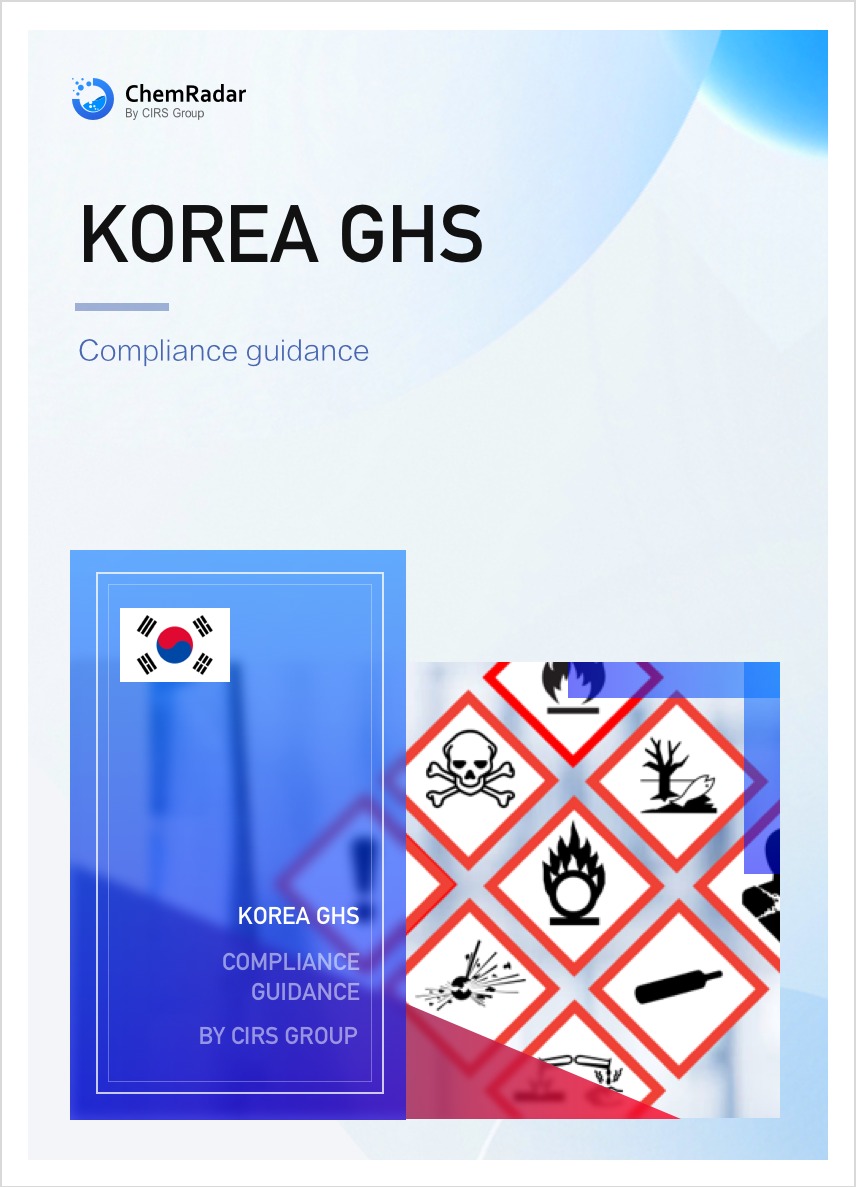1. Introduction
On June 4, 2013, the Korea Ministry of Environment (MoE) published the Chemical Substances Control Act (CCA). Article 16 of the CCA lists the requirements for the labeling of hazardous chemical substances. The purpose of this Act is to prevent risks posed by chemical substances to people's health and the environment, and to protect the lives and property of the people from chemical substances by properly controlling them and promptly responding to accidents caused by these substances. Its predecessor was the Toxic Chemicals Control Act (TCCA), issued by the MoE on February 2, 1991. On January 1, 2015, the TCCA was split into the CCA and the K-REACH (Act on Registration and Evaluation of Chemical Substances) regulations. The latest revision was made on February 6, 2024.
On January 15, 2019, the Korea Ministry of Employment and Labor (MoEL) published the Occupational Safety and Health Act (K-OSHA). The purpose of this Act is to maintain and promote the safety and health of persons who provide labor by preventing industrial accidents through establishing standards on industrial safety and health, clarifying responsibilities, and creating a comfortable working environment. Its predecessor was the Occupational Safety and Health Act promulgated in 1993. The latest revision was made on August 17, 2021.
The TCCA covers new chemicals, toxic chemicals, observational chemicals, and restricted or banned chemicals. Other chemicals are not regulated by the TCCA. Companies can visit the website of NIER (https://kreach.me.go.kr/repwrt/index.do), search for the classified category of chemicals, and check if they are toxic chemicals. The classification is mandatory under the CCA, and companies must take appropriate actions to comply.

On February 15, 2023, the latest GHS regulations, titled "Classification, Identification, and MSDS Related Standards for Chemical Substances" (MoEL Notice No. 2023-9), were published by the Ministry of Employment and Labor (MoEL). The main revision includes a more scientific explanation of "manufacturing" and clarifies the obligations resulting from the updated definition. These regulations came into effect on the date of their promulgation. The previous version of this regulation, MoEL Notice No. 2020-130, was published in 2020 and is largely consistent with the UN GHS Rev. 4, which came into effect on January 16, 2021.
On June 27, 2008, the Ministry of Employment and Labor (MoEL) issued Notice No. 2008-29, setting compliance deadlines as follows:
- Substances: June 30, 2010
- Mixtures: June 30, 2013
On July 8, 2008, the National Institute of Environmental Research (NIER) in South Korea issued Notice No. 2008-26, with compliance deadlines as follows:
- Substances: June 30, 2011
- Mixtures: June 30, 2013



